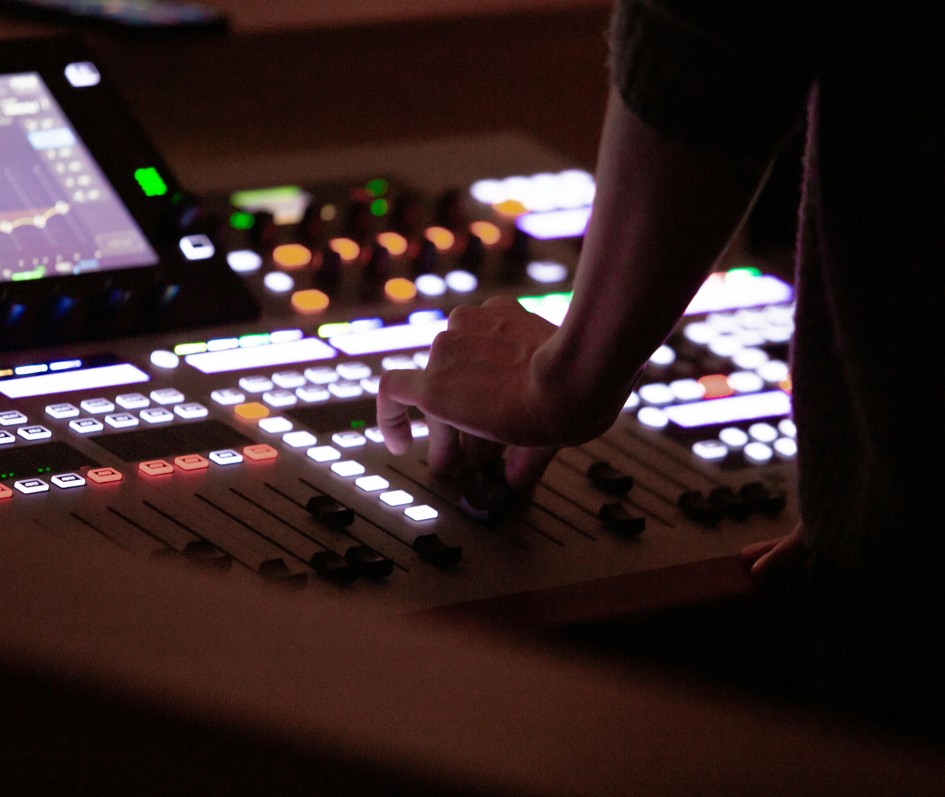
The Creative v Strategic Divide in Radio: Understanding the Disconnect
By David Kidd, BPR

Radio has always thrived on creativity. The spontaneous spark of an on-air idea, the perfectly curated music sweep, the quirky promo that makes you laugh out loud—these are the moments that define the medium. And they’re born from creative minds: programmers, presenters, producers, promotions teams.
But when the conversation shifts from creative instinct to strategic planning, many of these same people falter—not because they’re not smart or capable, but because strategy and creativity often occupy different zones in the brain and workplace.
The Immediate vs. the Long-Term
Creative professionals in radio mainly live in the now. Today’s breakfast show. Tomorrow’s client brief. This weekend’s OB. Strategy, on the other hand, is slow burn. It demands foresight, frameworks, timelines, research, analytical thinking and often, a level of abstraction that can feel detached from the energy of day-to-day broadcasting.
It’s the difference between crafting a great on air segment and mapping out a year long narrative arc.
Strategy Feels Like a Constraint
To a creative, structure can sometimes feel like a straitjacket. There’s a fear that strategic thinking will kill the joy or spontaneity of the work. The best creatives see magic in the unexpected. Strategy sees risk.
But here’s the twist: great strategy doesn’t restrict creativity…..it channels it.
Many Aren’t Trained in It
Radio attracts storytellers, entertainers and creators. Few enter the industry on the programming side with training in business planning, market positioning or competitive analysis. So when asked to develop a content strategy or contribute to a five-year vision, they might reach for vague generalities or instinctive preferences, not data-backed decisions.
It’s not a failure of intelligence—it’s often a gap in development.
Feelings Over Frameworks
Creative people often rely on intuition: “It just felt right.” That can be gold in a studio—but unconvincing in a boardroom. Strategic planning, particularly when tied to research or audience insights, requires interpretation of facts, not just gut feelings. It requires evidence. Without strategic direction, creatives can default to what they like, not what the audience needs or wants.
Bridging the Gap
The solution isn’t to force creatives into the strategist’s seat or vice versa. It’s to build better bridges between them:
- Translate data & insights into a narrative. Show how strategic decisions empower creative risk-taking.
- Include creatives in strategy sessions—but let them play the role of challenger and explorer.
- Teach the basics of audience segmentation, brand positioning and content pillars in a way that makes sense to the creative mind.
- Celebrate long-term thinking the same way we do a great piece of radio.
Because in the end, radio succeeds when its creatives are strategic and its strategists are creative.
Want your team to sharpen its strategic muscles without dulling its creative edge? That’s where good consultancy comes in.
Discussion
No comments on this post yet, start a discussion below!